1- Govardhan Hill
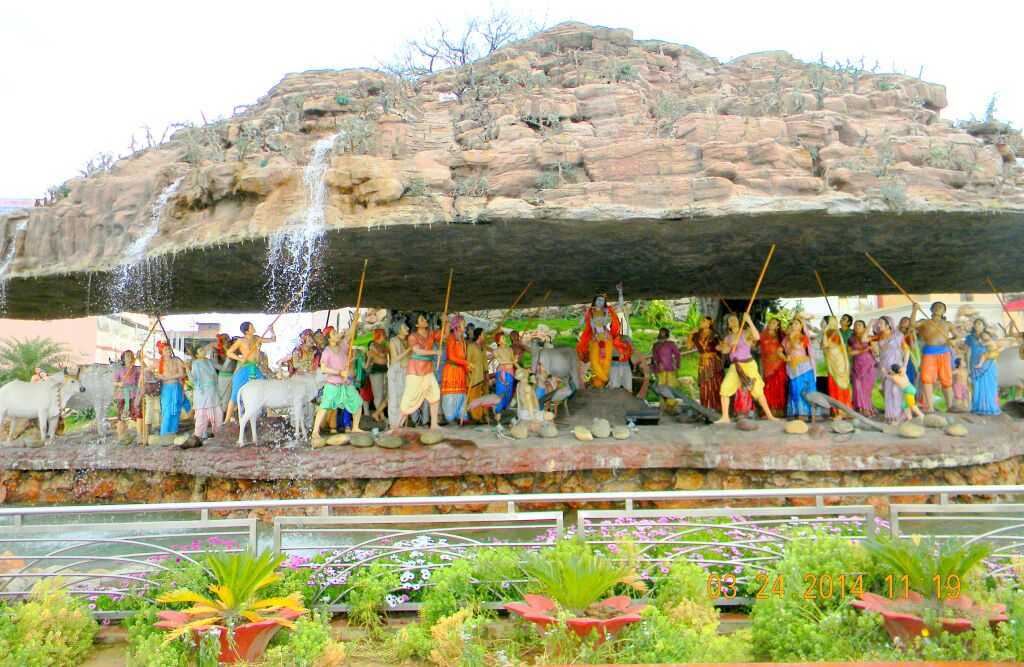
Govardhan Hill, Mathura Overview
Govardhan Hill or the Giri Raj is situated at a distance of 22 km from Vrindavan. It has been stated in the Holy Bhagwat Gita that according to Lord Krishna, Govardhan Parvat is not different from him. Therefore, all his worshipers worship the pure rocks of the hill just like they worship his idol. The hill is made up of sandstone and stands 80 ft tall with a circumference of 38 km. Some interesting places one gets to visit the hills including Mansi Ganga, Mukharvind, and Daan Ghati.
History says that Lord Krishna lifted the Govardhan Hill during his childhood on one finger to save his village of Mathura from fierce rains and thunderstorm. This hill is thereby considered holy and is visited by worshipers on Guru Purnima, Govardhan Puja in devotion by walking 23 km barefoot around the mountain. After Lord Krishna had saved his village, he told everyone to worship the hill which is why Govardhan Puja is a day after Diwali. It is a serene place, and definitely, a must visit!
2- Shri Krishna Janmasthan Temple
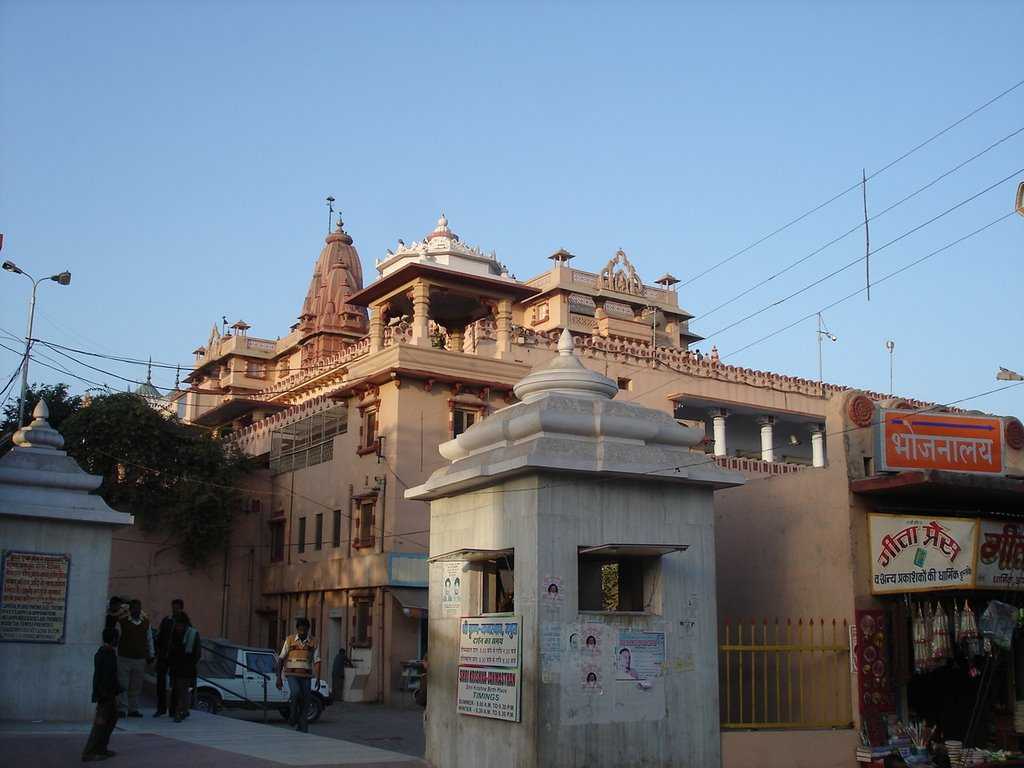
Krishna Janmasthan Temple Complex, Mathura Overview
Shri Krishna Janmasthan Temple is located in the holy city of Mathura, Uttar Pradesh. It is built around the prison cell in which Lord Krishna’s parents, Mata Devaki and Vasudeva were imprisoned by his evil uncle Kansa. The temple is of great significance for the Hindus as it is believed to be the birthplace of Lord Krishna.
Besides the prison cell, there are other temples located within the Krishna Janmasthan Temple Complex dedicated to the deity. On entering the temple, the divine ambience and its purity fill the heart with conviction that this indeed is the place where Lord Krishna manifested himself. Destroyed multiple times by many kings, it was finally built by financial help from industrialists. A visit to the Krishna Janmasthan Temple becomes more pleasing at the time of festivals like Janmashtami, Basant Panchami, Holi and Deepavali which are celebrated with great fervour.
3- Dwarkadhish Temple, Mathura
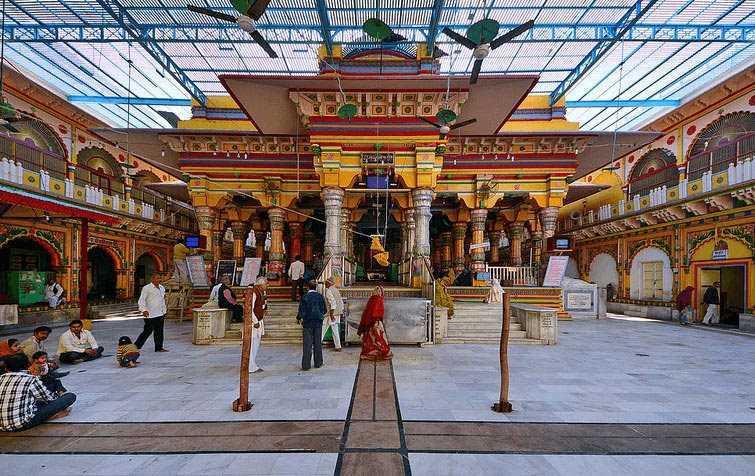
Dwarkadhish Temple, Mathura Overview
The Dwarkadhish temple, touted as one of the holiest temples in the city of Mathura, is famous all over the country for its elaborate architecture and paintings. Built only in the year 1814, the temple is relatively new but is highly revered. Situated within the perimeter of the city's holy gate, near the ghats of River Yamuna, the temple and its surroundings are a hub of a lot of interesting activities. Thousands of devotees arrive here every day to pay their obeisance.
An array of beautiful ceiling paintings showcasing the various aspects of the Lord's life and the beautiful Rajasthani architectural designs and carving makes the complex look even more magnanimous. The idol inside the temple is black-coloured and inspires peace! The Dwarkadhish temple is currently managed by the followers of Vaishnava sect (started by Mahaprabhu Vallabhacharya) and is a centre for lots of interesting activities all year round especially during the Shravan months when the Lord's Idol is placed inside a Hindola a (type of a swing set). Other important festivals celebrated are Holi, Diwali and Janmashtami.
4-Vishram Ghat
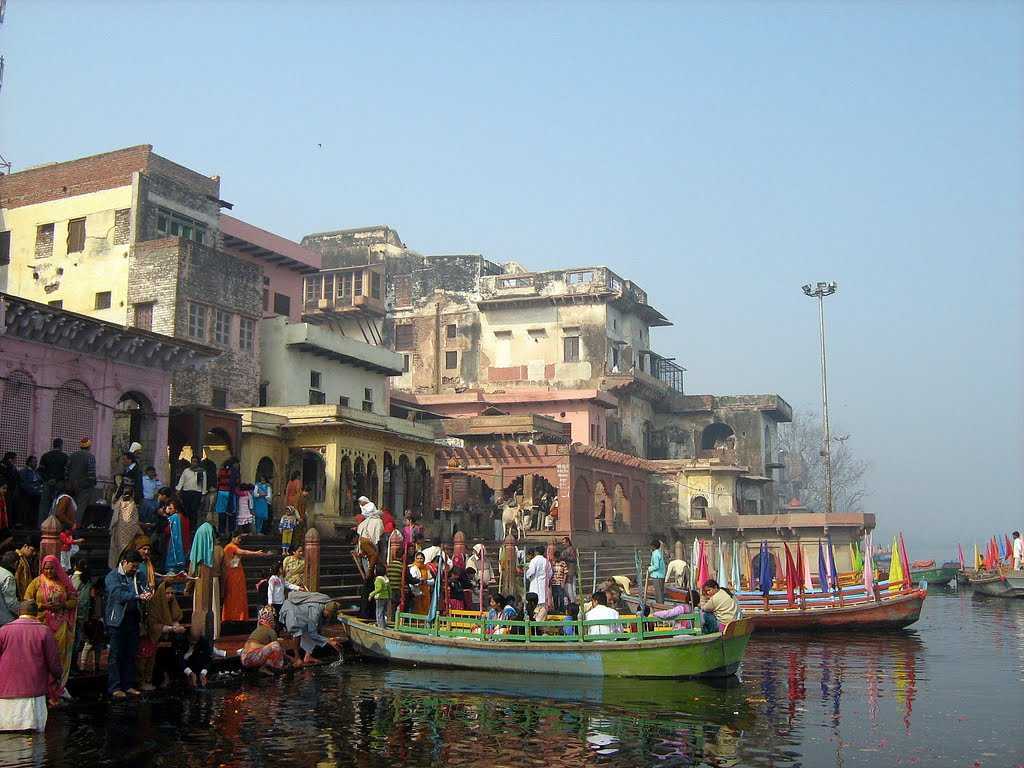
Ghats, Mathura Overview
Vishram Ghat is a revered and sacred bathing ghat located at about 4.5 kilometres from Mathura Junction on the banks of River Yamuna. It is the main ghat of Mathura and is central to 25 other ghats. Pilgrims from all over the country visit Vishram Ghat to bathe in its holy waters and perform the traditional parikrama that starts and ends here. Vishram means rest and it is named so because Lord Krishna rested at this place after killing Kansa, the evil demon king. This is the reason why a pilgrimage to Mathura is incomplete without a visit to Vishram Ghat and the temples dotting it.
There are 12 ghats to the north of Vishram Ghat and 12 ghats to the south of it positioning it in the centre. The parikrama is the circumambulation of all the chief religious places of Mathura. Vishram Ghat displays a beautiful spectacle during evenings at the time of evening prayers and aarti. Devotees float oil lamps and diyas on paan leaves into the adjoining Yamuna River. Devotees perform other rituals such as pind pradaan and other Pooja on this ghat too, along with taking the holy dip. The ghat witnesses heavy crowd on the occasion of Bhaidooj, popularly known as Yam Dwitiya, which falls on the second day after Diwali. On this day, brothers and sisters take a holy dip in the Yamuna River on this ghat. Another one of the top activities to do on Vishram Ghat is to indulge in the boat ride, which helps you soak in the serenity of the soul-soothing Yamuna River.
5- Kusum Sarovar
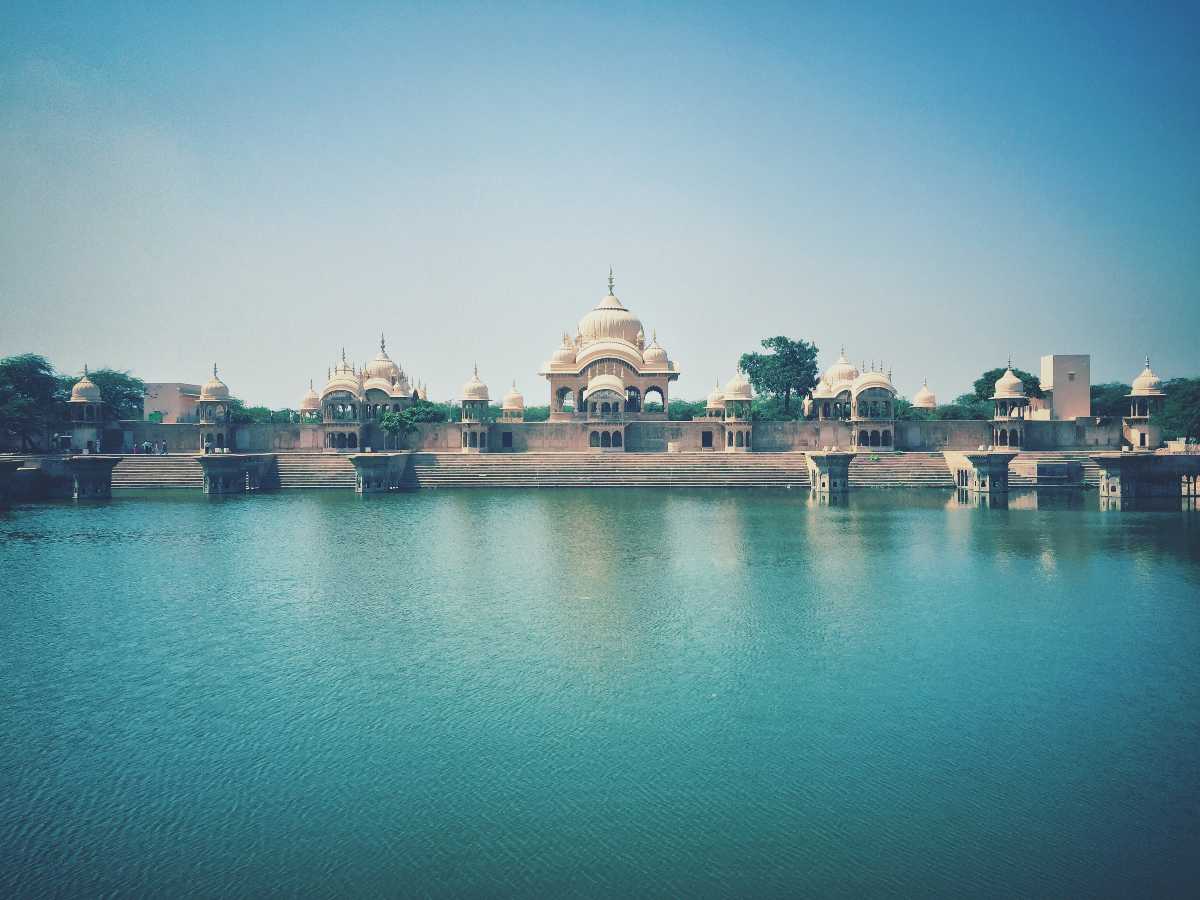
Kusum Sarovar, Mathura Overview
Located between Govardhan and Radha Kund in Vrindavan, Mathura, Kusum Sarovar is a beautiful reservoir fringed by palatial sandstone building from the bygone era. The reservoir has a flight of stairs which can be used to descend in the pond. The sarovar is believed to have got its name from one of the girl attendants of Radha, named Kusum. The water is ideal for swimming and dips. Kusum Sarovar also has several temples and ashrams in the vicinity.
Filled with emerald green water, Kusum Sarovar dates back to the era of Radha and Krishna. The pond is bordered on all sides by forest containing flowers like beli, chameli, juhi, yuthi, mallika and campaka. It is believed that Krishna would collect flowers and make garlands for Radha here. Pilgrims from all over the country visit the lake to explore the magnificent structures that surround the Sarovar, the beautiful paintings depicting the life of Krishna and his pastimes and the temple dedicated to Grijraja in there. The Kusum Sarovar is perfect for quiet evening outings where one can spend a complete evening watching the sunset while resting under the Kadamb tree under which Krishna would play and hide mischievously.